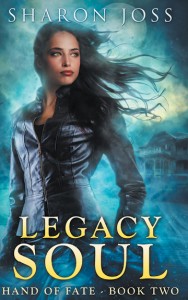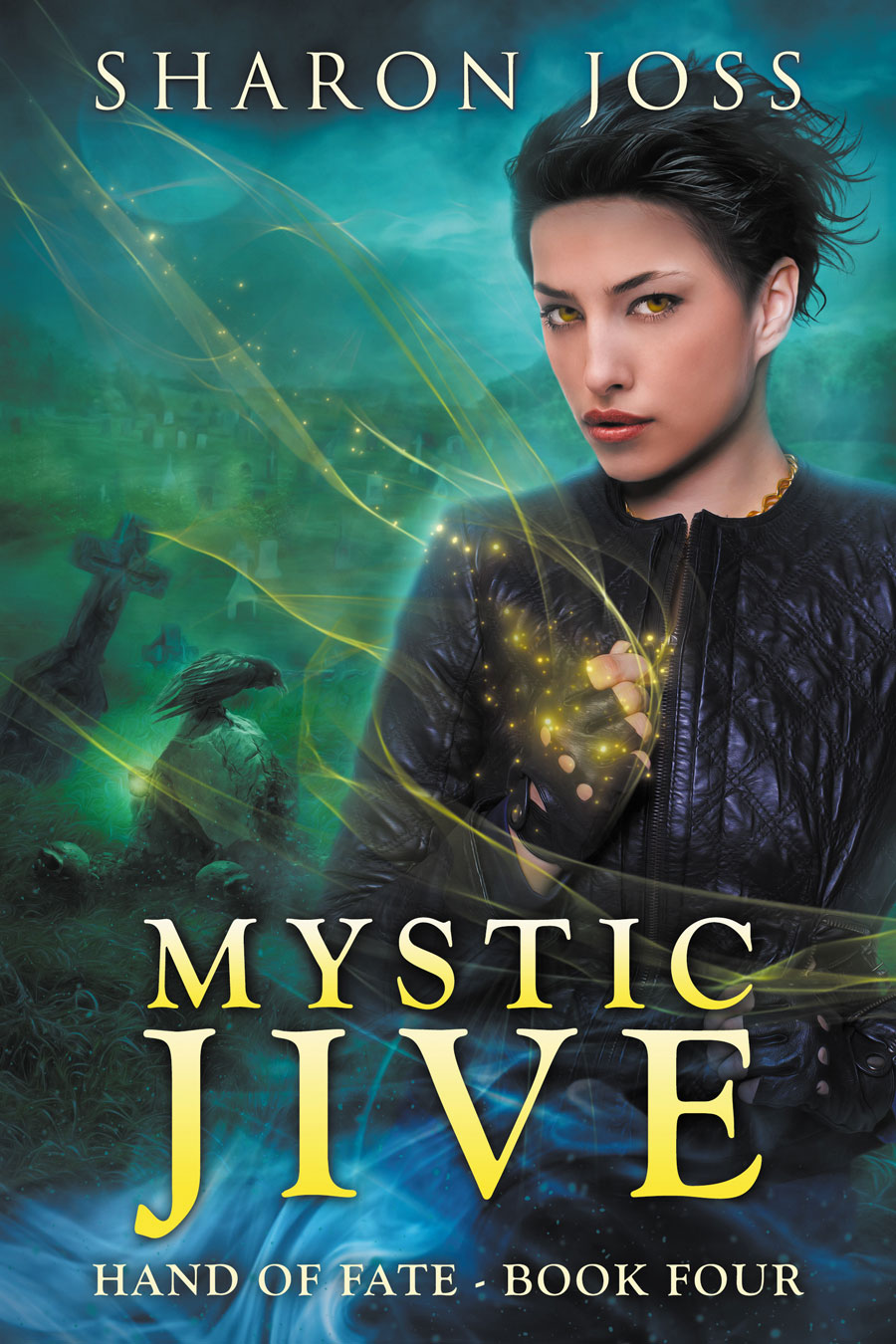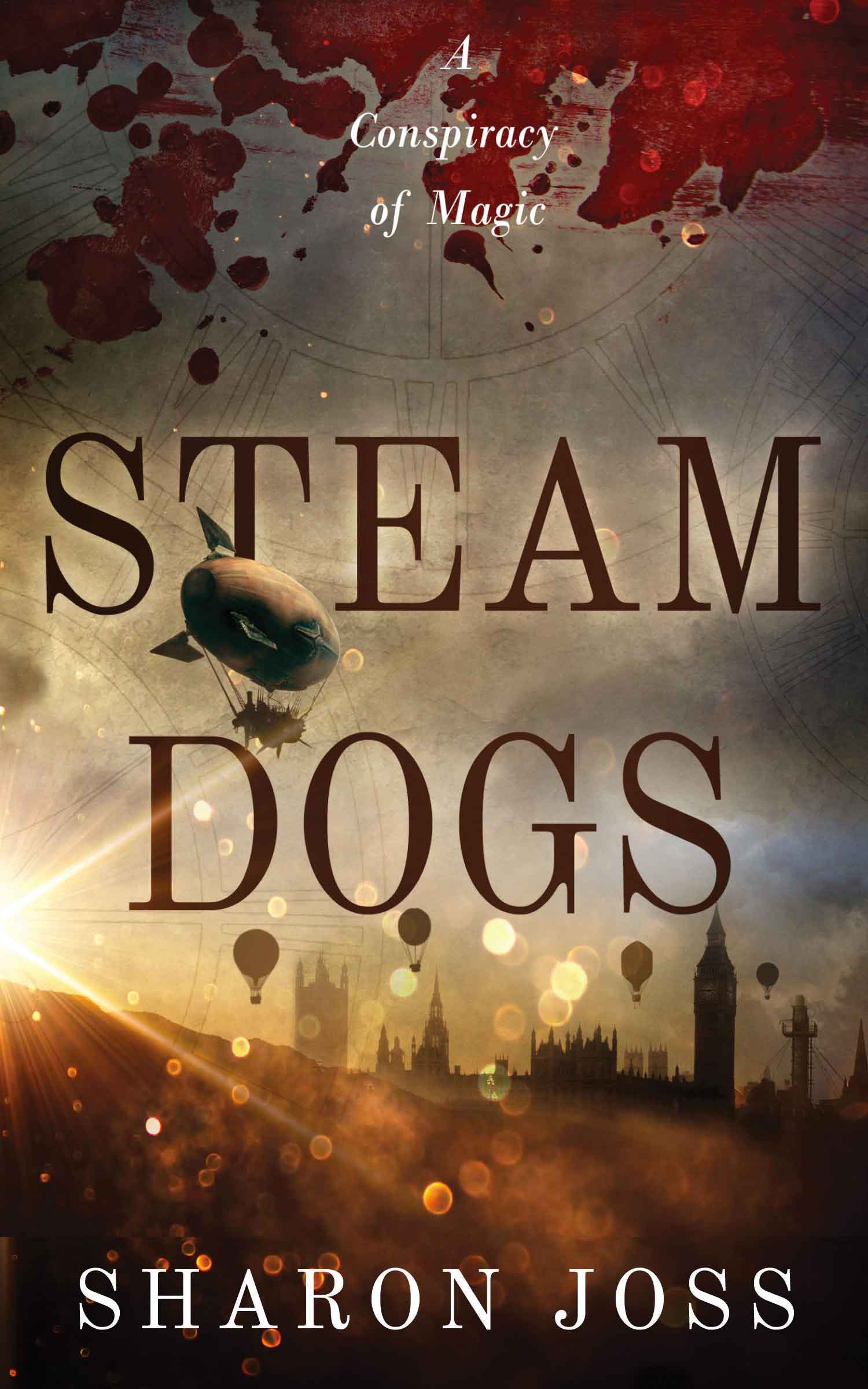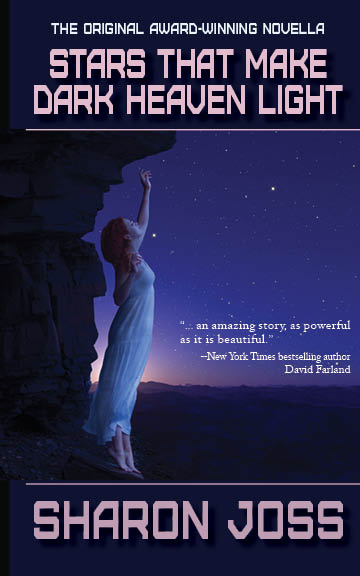I’m talking about internal character development and how a character’s outward behaviors and attitudes are influenced by the inner world the author creates for each character. In her book, Getting Into Character, Brandilyn Collins suggests that character attitudes in the story should trace back to incidents in that character’s past. For example, a woman raised in poverty could (as an adult) be justifiably frugal with her spending habits or just as believably obsessed with her clothes and the appearance of wealth. A few sentences of back story or flashback to choices she’s made based on the childhood circumstances cement her attitudes and emotions about what poverty means to her in the minds of the reader. The reader understands the character and can identify with the character’s attitudes.
On the other hand, a character raised in poverty with an elitist attitude of entitlement would likely be less authentic to the reader. Perhaps with enough back story and flashbacks to childhood incidents, the reader might buy it, but a sense of entitlement from a character with a more privileged background would make more sense, although it could certainly be done (as George R. R. Martin demonstrated with the character Theon Greyjoy in his A Song of Ice and Fire series).
Ms. Collins suggests that every principal character in the story has goals, desires, attitudes and even forms of expression and personality traits which trace back to incidents from the character’s past. While not all of them require flashbacks showing how these incidents shaped the character’s personality, the writer who charts these elements is more likely to write authentic and believable characters than those who merely assign personality traits and attitudes from a personality checklist.
I like that. I’m using the technique on the primary characters in my current work in progress. Already, with just one or two major incidents from my protagonist’s past, I can see an immediate difference in my understanding the characters attitudes, choices and emotions much earlier in the writing process. Even though I’m a ‘plotter’ (mostly), I generally don’t get to know my characters well until after the first draft. Developing my characters personalities from the inside out requires more thought and work up-front, but I’m hoping it will result in fewer false starts and tossed scenes, once I actually start writing the manuscript. We’ll see…









